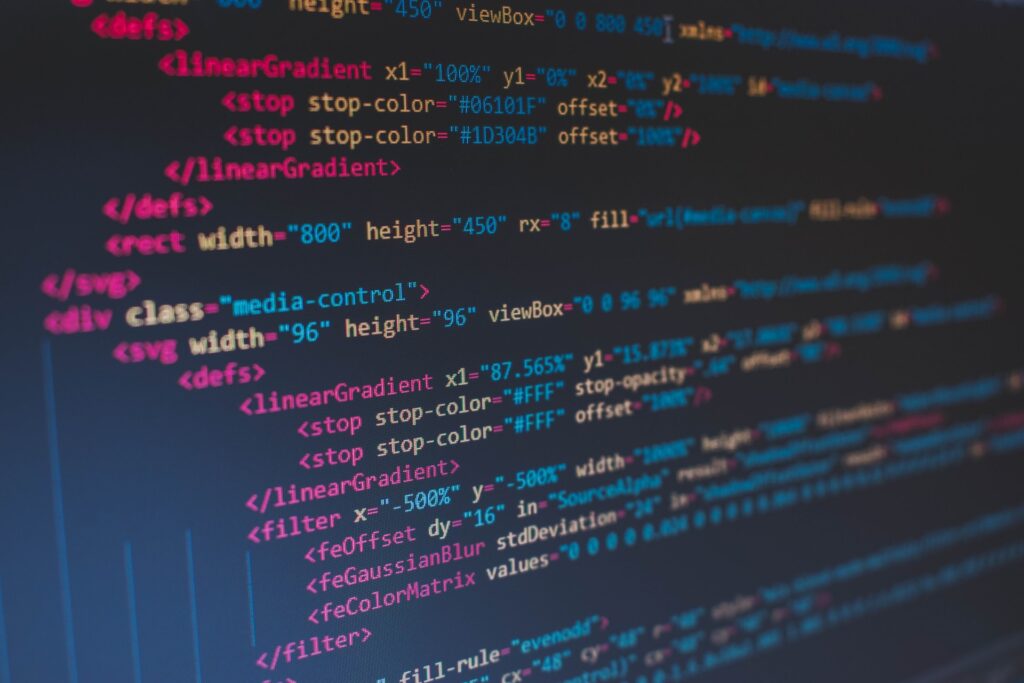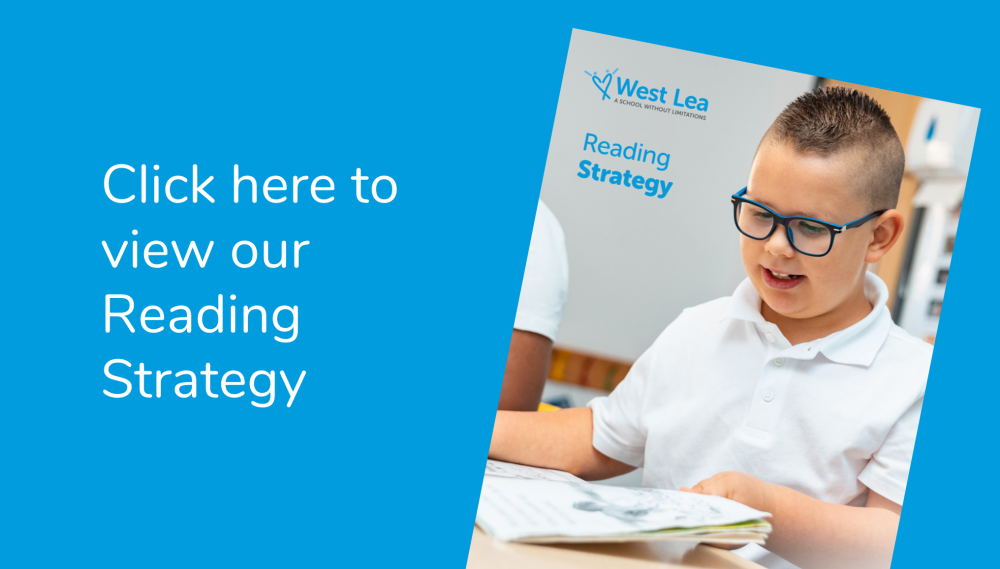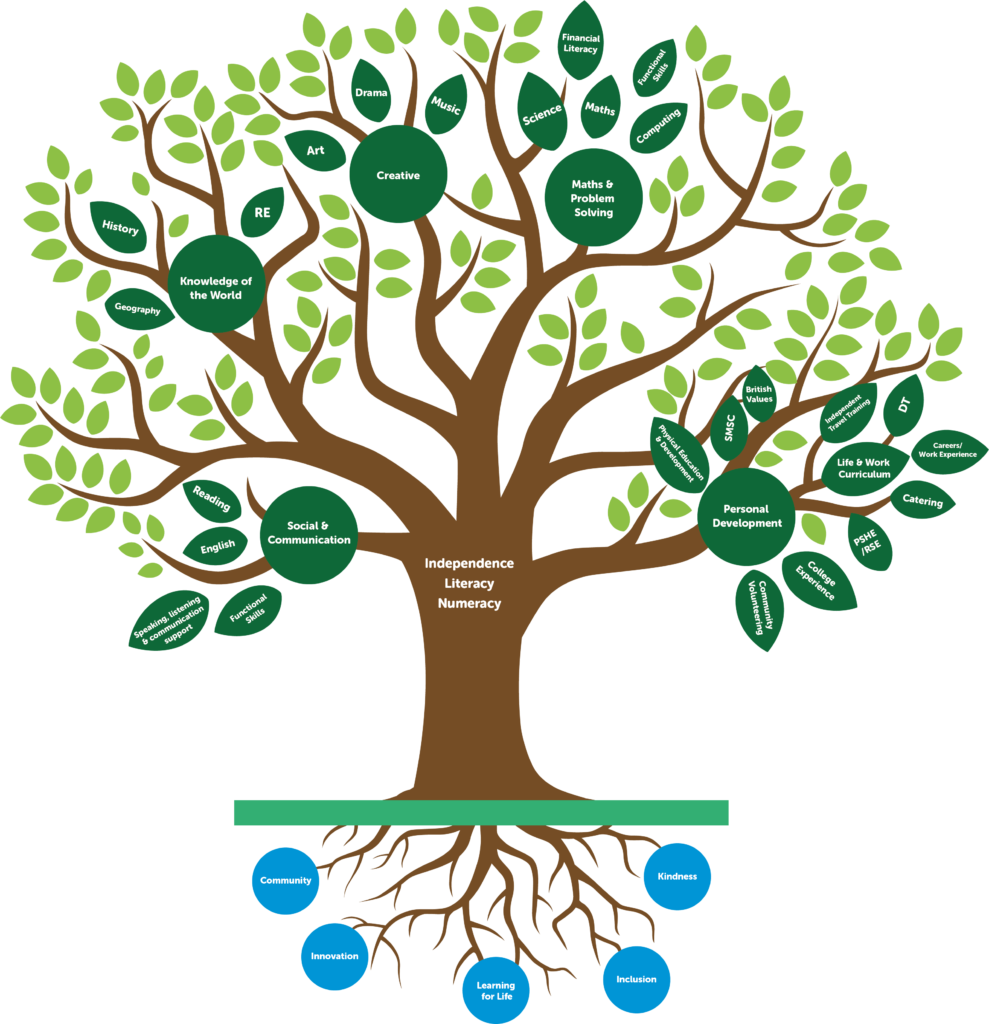Solving real world problems
Computing
“Everybody should learn to programme a computer because it teaches you how to think.”
– Steve Jobs, former CEO and creator or Apple
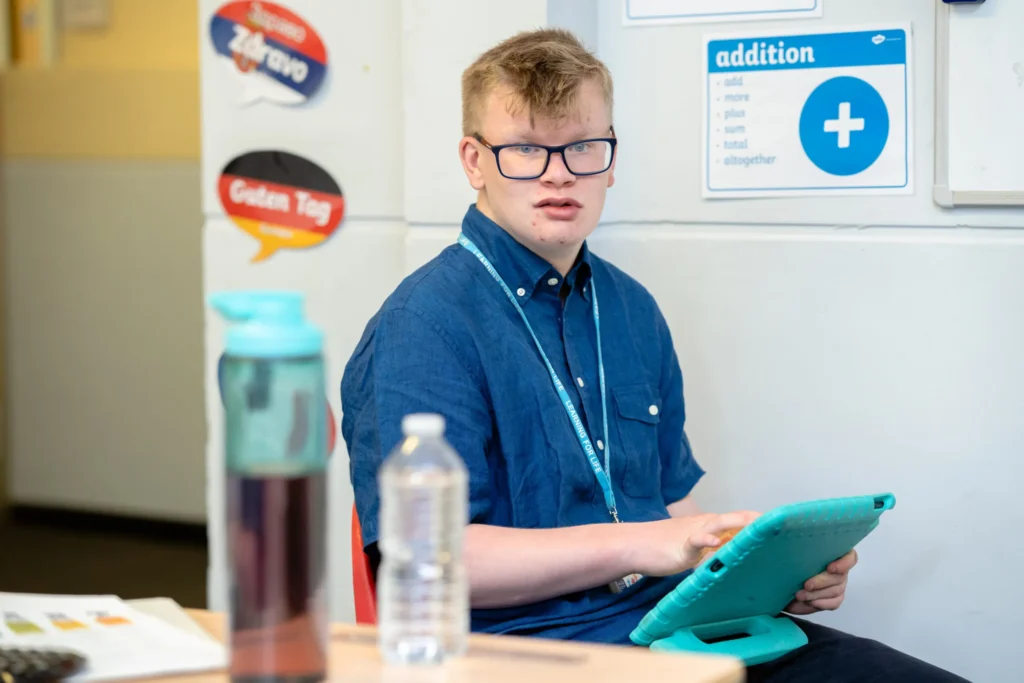
We intend for learners to love Computing and become confident and flourishing digital citizens.
Not only is it a key building block for progressing onto further education and employment but it’s also a key life skill.
Our curriculum is rooted in our values. Computing brings our five values to life in the following ways:
- Community: learners see how technology connects us, bringing together people, cultures and communities
- Kindness: learners are encouraged to keep themselves safe and be kind to others when they’re online
- Learning for life: learners become confident and able computer scientists, who can apply their skills to solve problems in everyday life
- Innovation: learners use computing skills across the curriculum, including to express themselves in original ways
- Inclusion: learners use technology to communicate ideas and feelings, find their voice, and break down barriers
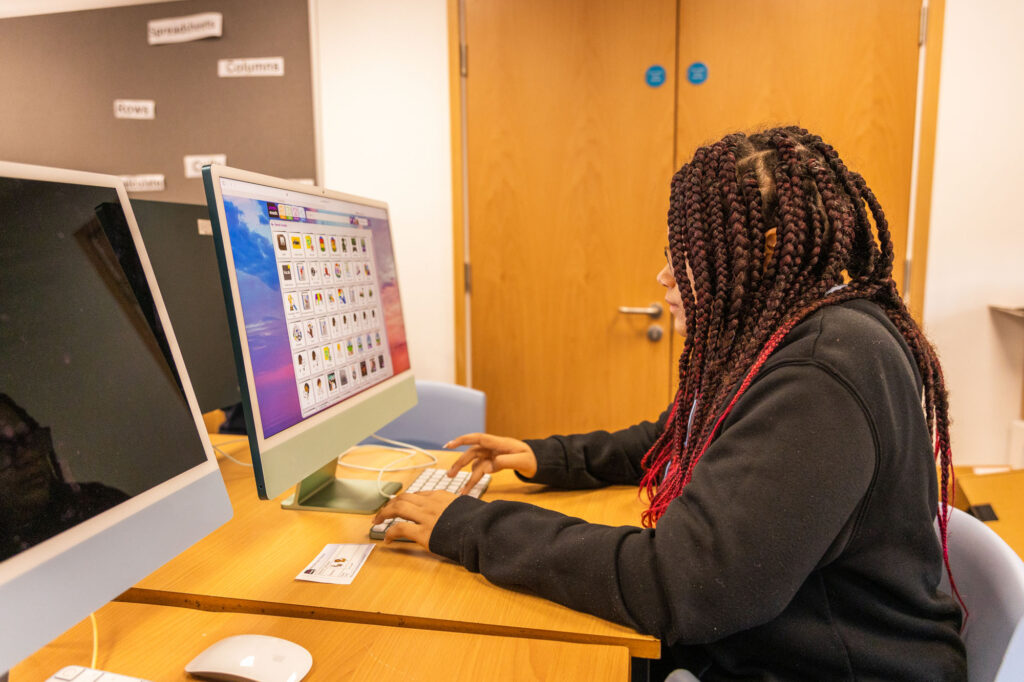

We implement our Computing curriculum in a planned and sequenced way.
This ensures each learner reaches their potential and becomes a flourishing digital citizen, by first learning foundational concepts and then building on these step by step. Take a look at our Computing curriculum map to find out more.
As they progress through the map, learners develop problem-solving, coding and IT skills. In the early years and Key Stages 1 and 2, computing is taught in other lessons, such as Maths. From Key Stage 3 upwards, Computing is a timetabled lesson.
We measure the impact of our Computing curriculum by assessing:
- How much learners enjoy and engage with the learning
- How confident they are using technology and applying digital skills in their everyday lives
- How well they do in internal assessments and external qualifications
- How prepared learners are for their next steps into further education and employment
- How well they problem-solve and how resilient they are
